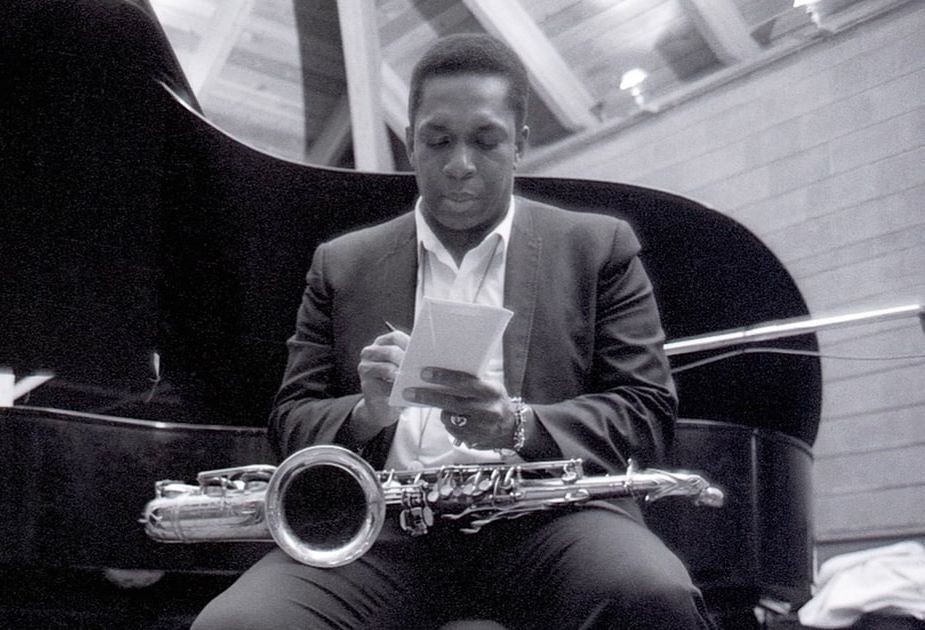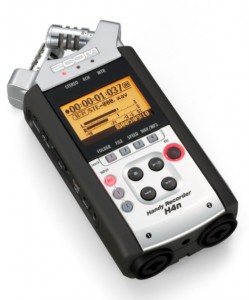“I think I was first awakened to musical exploration by Dizzy Gillespie and Bird. It was through their work that I began to learn about musical structures and the more theoretical aspects of music.” –John Coltrane
The Musician’s Way, p. 98
In The Musician’s Way, I recommend organizing our practice by dividing tasks into five zones.
Three of those zones – the New, Developing, and Performance Material zones – encompass the processes involved in mastering repertoire and preparing for performances.
The other two zones – Technique and Musicianship – primarily cover the work we do to grow our functional abilities.
Here, let’s consider the Musicianship Zone.
Practicing in the Musicianship Zone
The practice and study that we do in the Musicianship Zone increases our knowledge of music theory, elevates our sight-reading, composition and improvisation skills, and quickens our artistic intelligence.
And as our musicianship abilities ripen, we not only become better artists but also more employable ones.
For example, on the artistic side, through the study of music theory, we glean awareness of musical architecture that equips us to grasp the expressive bones of a piece. We can then sight-read and improvise more fluently as well as master music more quickly.
Employment-wise, as we become nimble sight-readers, we can accept the last-minute gigs and the studio work that weaker readers can’t manage.
Below I sum up crucial ways for aspiring performers to upgrade their musicianship.
“As our musicianship abilities ripen, we not only become better artists but also more employable ones.”
5 Ways to Upgrade Musicianship
1. Become a Perceptive Listener
In Perceptive Listening Promotes Better Performing, I propose that “perceptive listening entails facility with the aural grammar of music.”
To refine our discernment of musical grammar, we should regularly listen to recordings, attend performances, and self-record with hi-fidelity devices such as the Zoom H4n.
In tandem, we do well to expose ourselves to diverse interpretative styles by listening to recordings of different musicians performing the same music.
2. Sight-read
I define sight-reading as, “the accurate, expressive performance of an unfamiliar score with no more than a minute or two to scan” (see: Effortless Sight-Reading).
If your sight-reading skills need improvement, here are my top suggestions:
- Start with elementary material that’s simple for you to execute so that you build facility and confidence.
- Practice sight-reading daily, even if for only 5-10 minutes.
- Reinforce fundamental habits of looking ahead, counting mentally, releasing tension, and maintaining the pulse (a metronome helps). See pages 99-102 of The Musician’s Way for detailed practice guidelines.
3. Improvise & Compose
In Improvisation for Classical Musicians, I emphasize that all musicians need core improvisational abilities for both artistic and practical reasons (e.g., to handle memory slips), and I offer strategies to practice.
In the same vein, we all benefit from basic competence with music composition. If you lack any composition background, you can get started by inventing material to improve technical skills or to use as warm-ups. More substantially, you might enroll in a composition course or take some lessons.
By devoting time each week to composition and improvisation, we incrementally advance our know-how, and then our creative powers move forward in step.
“All musicians need core improvisational abilities for both artistic and practical reasons.”
4. Study General Music Topics
General music topics commonly consist of music theory, ear training, keyboard, music history and literature, and world music. Studying these subjects impacts our artistry in multiple dimensions.
For instance, in combination with theory, familiarity with ear training and music literature enables us to soak up the syntax of compositions right away. Keyboard skills are advantageous for composing, teaching, understanding harmony, and learning new material.
Such topics have proven so valuable that most are incorporated into standard college music curricula. But general music courses best stoke our development when we integrate their content into our practice.
As an illustration, over time, we can explore music theory concepts via our keyboard, composition and improv practice. To augment our appreciation of composers we study in a world music course, we might improvise in their style.
“General music courses best stoke our development when we integrate their content into our practice.”
5. Feed Your Artistry
Among the constellation of ways to feed our artistry, collaboration may be the greatest of all.
Choreographer Robby Barnett, cofounder of Pilobolus Dance Theater, speaks of the “biodiversity of collaboration” (The Musician’s Way, p. 104) and how the friction of teamwork can spark otherwise inconceivable innovations.
Reading and writing also feed our artistry. Art-nourishing texts include poetry, musicians’ biographies, practical guidebooks such as The Musician’s Way, and treatises on musical style. Beneficial writing could comprise journaling, blogging, and so forth.
In the realm of movement education, Dalcroze eurhythmics empowers musicians to express rhythm, meter, and emotion through body movement; it helps many to infuse their performances with greater vitality. The Alexander technique helps us sing or play instruments with integration and awareness. Dance, yoga, or tai chi classes can enhance our strength, body consciousness, and centering power. Similarly, meditation can boost our capacity to focus in practice and calm ourselves in performance.
Participating in music festivals and varied arts events can also extend our artistic spheres. Beyond music, we might periodically go to plays, art exhibits, and dance performances, and then reflect on how different arts disciplines generate drama.
“Among the constellation of ways to feed our artistry, collaboration may be the greatest of all.”
Whatever styles of music we perform, moving outside of our typical artistic environments stirs our imaginations, and widening our arts networks can prompt collaborative ventures that we couldn’t otherwise foresee.
Related posts:
The 5 Practice Zones
Building Technique
Deep Listening
Effortless Sight-Reading
The Twin Aims of Deliberate Practice
© 2019 Gerald Klickstein
Adapted from The Musician’s Way, p. 98-104



